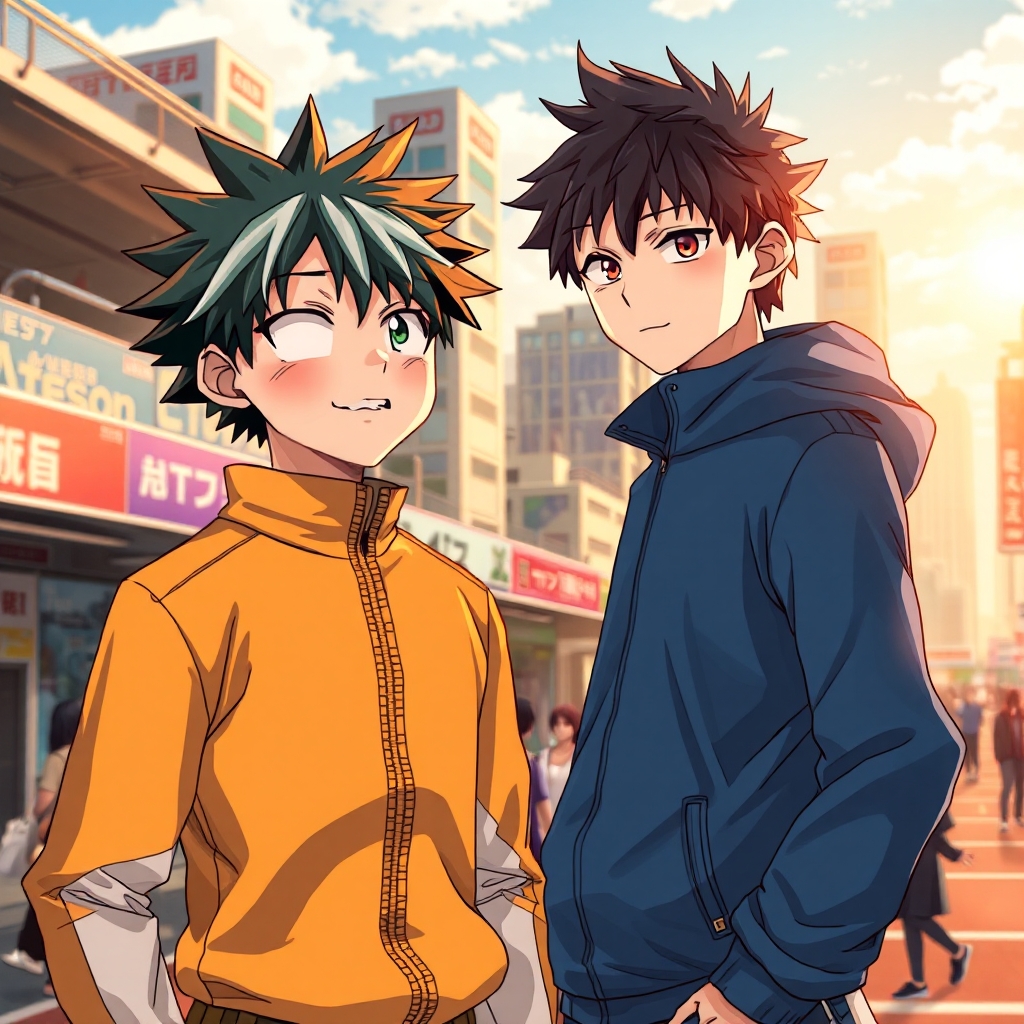
The Evolution of Casual Style in *My Hero Academia*
In the world of *My Hero Academia*, fashion is not just about aesthetics; it embodies character traits, personal growth, and even the quirks of its heroes and villains. Casual style in this universe offers a unique perspective on how characters express their identities outside their heroic personas.
Character-Driven Fashion Choices
Each character in *My Hero Academia* has a distinct style that reflects their personality and background. For instance, Izuku Midoriya, the determined protagonist, often opts for comfortable, practical clothing that allows him to move freely. His casual wardrobe is a mix of athletic wear and relaxed fits, symbolizing his hardworking and earnest nature.
On the other hand, characters like Shoto Todoroki showcase a blend of casual elegance and functionality. His color palette, predominantly featuring cool tones, mirrors his internal struggle and duality. The simplicity of his casual outfits contrasts with the complexity of his character, making his fashion choices profoundly significant.
Embracing Individuality
The series also emphasizes the importance of individuality in fashion. Characters like Tsuyu Asui and Mina Ashido demonstrate how personal quirks can influence style. Tsuyu’s frog-inspired clothing is not only practical for her amphibious abilities but also a celebration of her unique identity. Mina, with her vibrant colors and playful accessories, reflects her lively personality and exuberance.
This theme of individuality extends to the supporting cast as well. Characters like Denki Kaminari and Eijiro Kirishima utilize their casual wear to display their friendship dynamics. Denki’s laid-back, slightly messy outfits contrast with Kirishima’s more polished and rugged style, highlighting their differing approaches to life and heroism.
Fashion as a Narrative Tool
Casual fashion in *My Hero Academia* serves as a narrative tool, enriching character development and plot progression. Outfits often change to signify growth or emotional states, making fashion a visual representation of a character’s journey. For example, as characters face challenges and evolve, their clothing choices may shift, reflecting newfound confidence or maturity.
Additionally, the series occasionally features themed outfits during special events or missions, showcasing how characters adapt their styles depending on the context. These moments reinforce the idea that fashion is versatile and can be used to convey deeper meanings.
The Influence of Quirks on Style
Quirks play a significant role in shaping how characters choose to dress. For instance, characters with fire-based powers may prefer materials that are flame-resistant, while those with water-related abilities might opt for breathable fabrics. This practical consideration adds a layer of complexity to their fashion choices, merging utility with style.
Moreover, the influence of quirks extends to accessories and footwear. Characters like All Might and Eraser Head incorporate elements that enhance their abilities, blending fashion with functionality. This interplay between quirk and style is a hallmark of the series, making every outfit a testament to the character’s strengths and weaknesses.
Conclusion: A New Standard in Casual Fashion
*My Hero Academia* redefines casual style by intertwining it with character development, individuality, and practical considerations. The series showcases that fashion can be a powerful form of self-expression, allowing characters to communicate their personalities and growth journeys effectively. Through their unique styles, the characters of *My Hero Academia* not only captivate audiences but also set a new standard for casual fashion in anime.
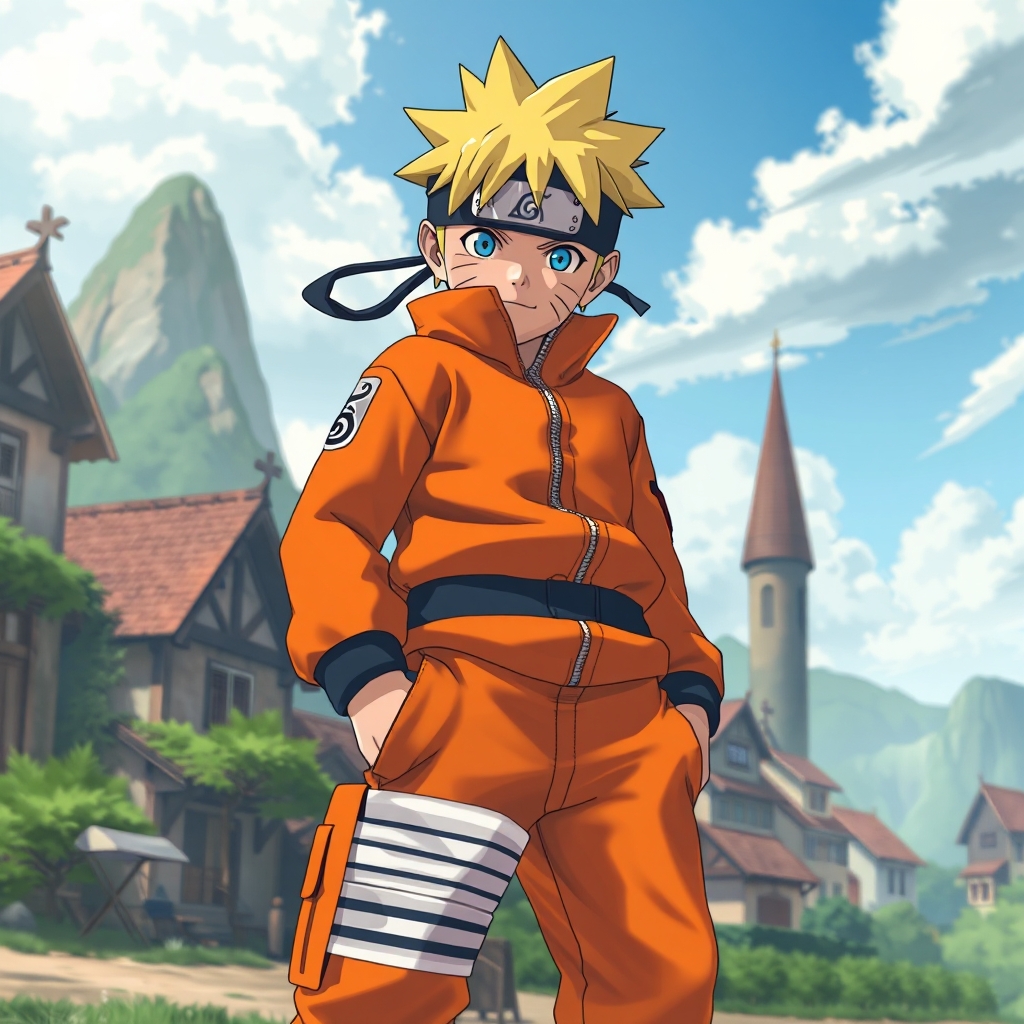
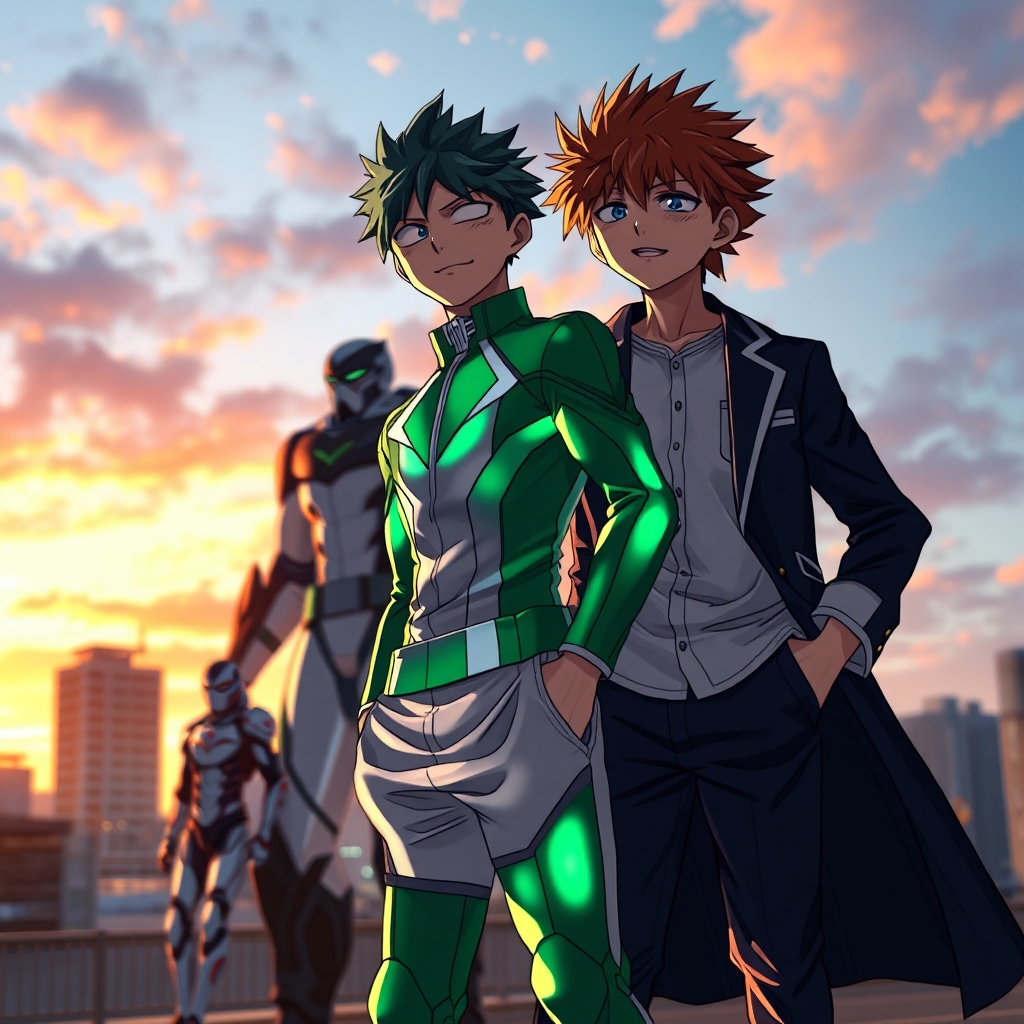
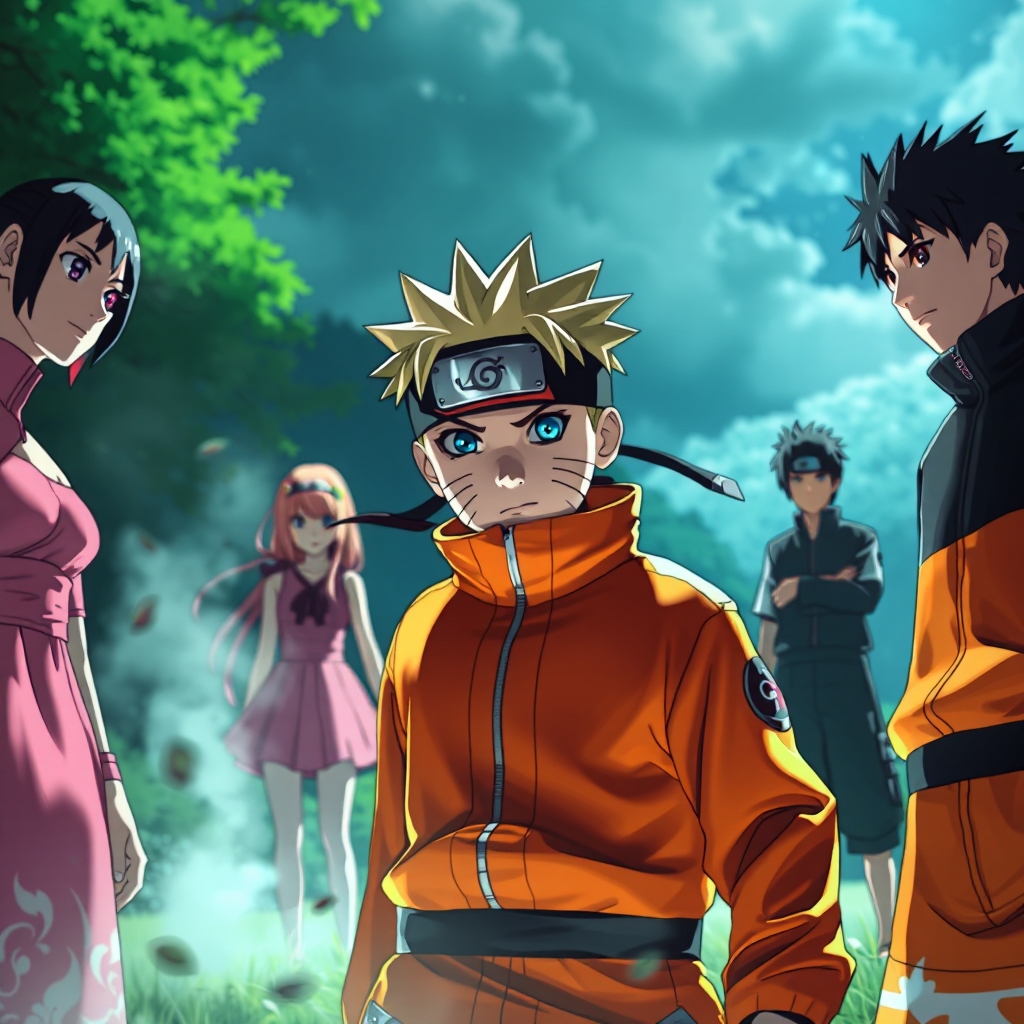
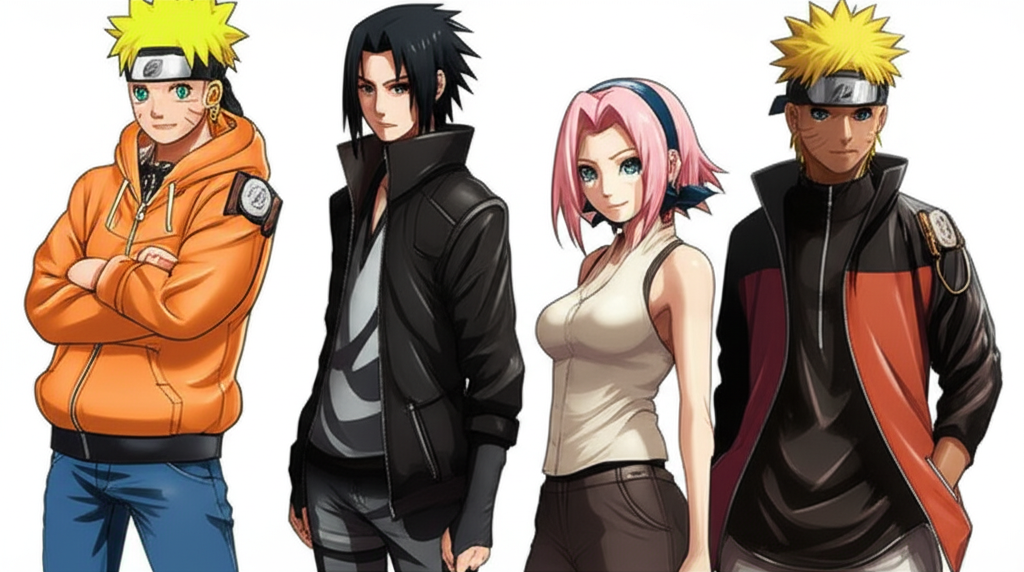
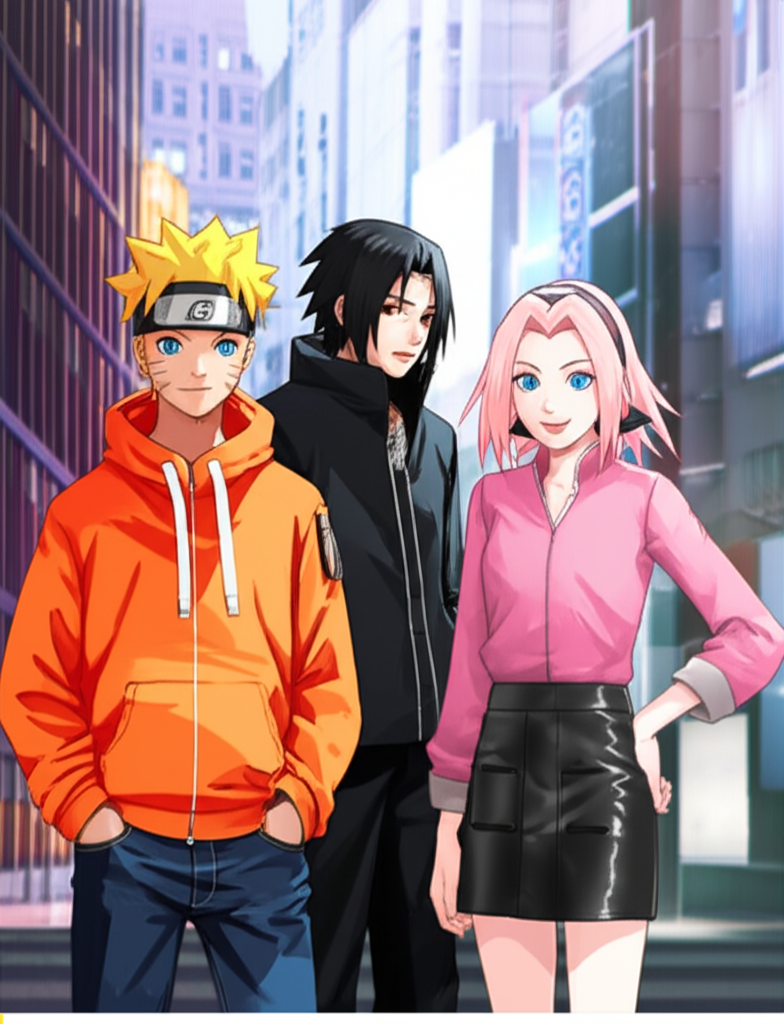
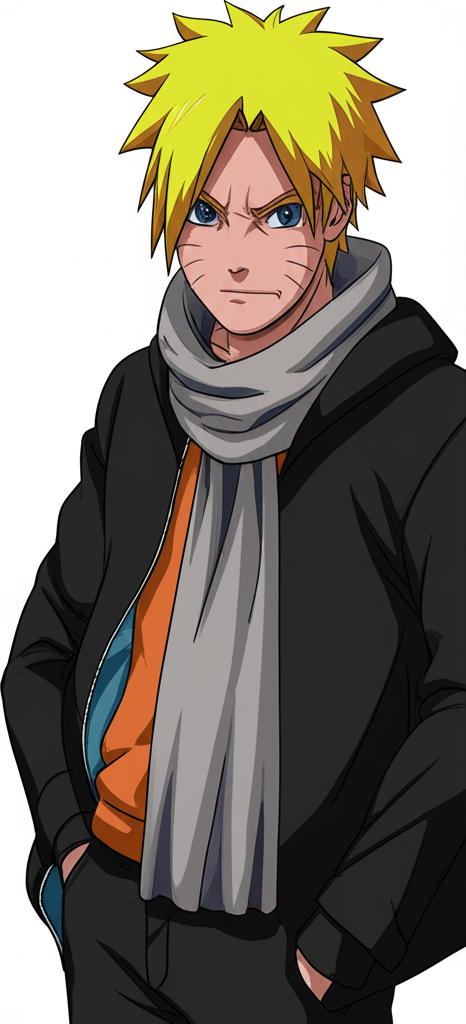
Latest Reviews